
Bathroom
Slanted Roof Bathrooms and Shower Design Ideas
11.22.2025

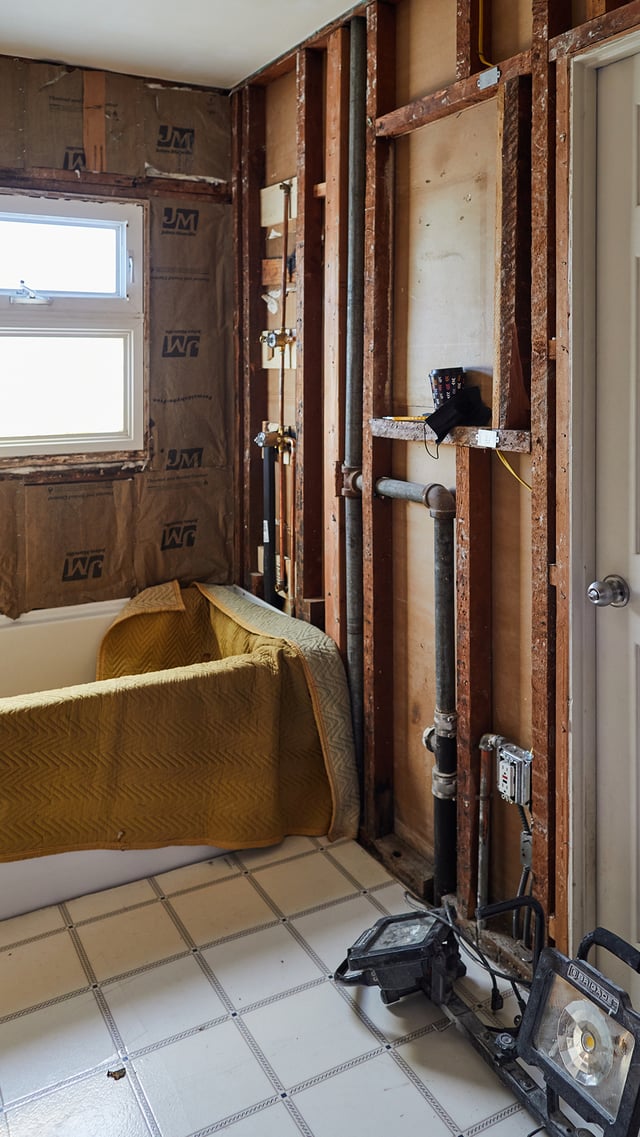
In This Article
Renovating a bathroom is one of the most transformative projects you can undertake in your home. But sometimes, a simple refresh isn’t enough, especially if you’re dealing with outdated plumbing, water damage, or a layout that just doesn’t work. In these cases, gutting a bathroom may be the best path forward.
While gutting a bathroom can be disruptive and costly, it’s often the most effective way to solve persistent issues and start fresh. This article will explore what homeowners can expect when gutting a bathroom, including the process, related costs, and typical project durations.
Gutting a bathroom means stripping the space to its bare bones—removing all fixtures, finishes, and often the drywall, flooring, and subfloor. This is a far more extensive renovation than a cosmetic update, as it allows you to address underlying issues and completely reimagine the space. For many homeowners, gutting a bathroom is the only way to resolve persistent problems or achieve a personalized result.
Several circumstances may require gutting a bathroom:
Gutting a bathroom also provides an opportunity to future-proof your home. By starting from scratch, you can upgrade insulation, improve ventilation, and install water-efficient fixtures. This not only enhances comfort and safety but can also increase your home’s value and reduce long-term maintenance costs.
The cost to gut and remodel a bathroom varies widely based on the size of the space, the scope of work, and your location. On average, homeowners can expect costs to range from $6,000 to $16,000 for a full gut renovation of a standard 5’x8’ bathroom, with high-end projects or larger spaces reaching $25,000 or more. This estimate includes demolition, disposal, rough and finish plumbing, electrical work, new fixtures, tile, and finishes.
Several factors influence the final price of gutting a bathroom. If your project involves moving plumbing lines, upgrading electrical panels, or addressing structural repairs, costs can rise quickly. Material choices—such as custom vanities, premium tile, or luxury fixtures—also have a significant impact. To spur your creativity and assist with budgeting, explore these planning tools:
Online tools are helpful, but nothing replaces the experience and judgment of a vetted contractor. It’s important to get detailed, itemized quotes and to budget for contingencies, as unexpected issues (like mold, leaks, or other hazards) can arise once walls and floors are opened up during the gutting process.
Not sure how to begin your renovation?
Get free, expert guidance from a dedicated Block Renovation Consultant who can help you navigate proposals, timelines, contractor selection, and more.
Book A Free Consultation
How long it takes to gut and remodel a bathroom depends on the complexity of the project and the availability of materials and labor. Most straightforward gut renovations take three to six weeks from demolition to final walkthrough. This timeline includes demolition, rough plumbing and electrical, inspections, drywall, tiling, fixture installation, and finishing touches.
However, delays can occur, especially if you encounter hidden problems like water damage or need to wait for custom materials. Permitting and inspection schedules can also add time. Working with a skilled contractor and a clear timeline can help avoid delays and minimize surprises.
Gutting a bathroom is a significant undertaking, but understanding the process can help you feel more in control.
The timeline can vary depending on the complexity of your project, the availability of materials, and any unexpected issues that may arise, such as hidden water damage or outdated wiring. Taking your time can help avoid costly mistakes and ensure lasting results.
To learn more about this process, read An Ultimate Guide to Gut Renovating an Apartment in 2025.
Renovate with confidence every step of the way
Step 1: Personalize Your Renovation Plan
Step 2: Receive Quotes from Trusted Contractors
Step 3: Let Us Handle the Project Details

With Block Renovation, you can trust that every contractor working on your bathroom renovation is carefully vetted and matched to your project’s scope, timeline, and goals. Our expert matching process connects you with professionals who have proven success when gutting bathrooms and a track record of quality craftsmanship. We review each contractor’s references, past bathroom projects, and attention to detail so that you can feel confident in every step of your renovation.

Written by Block Renovation
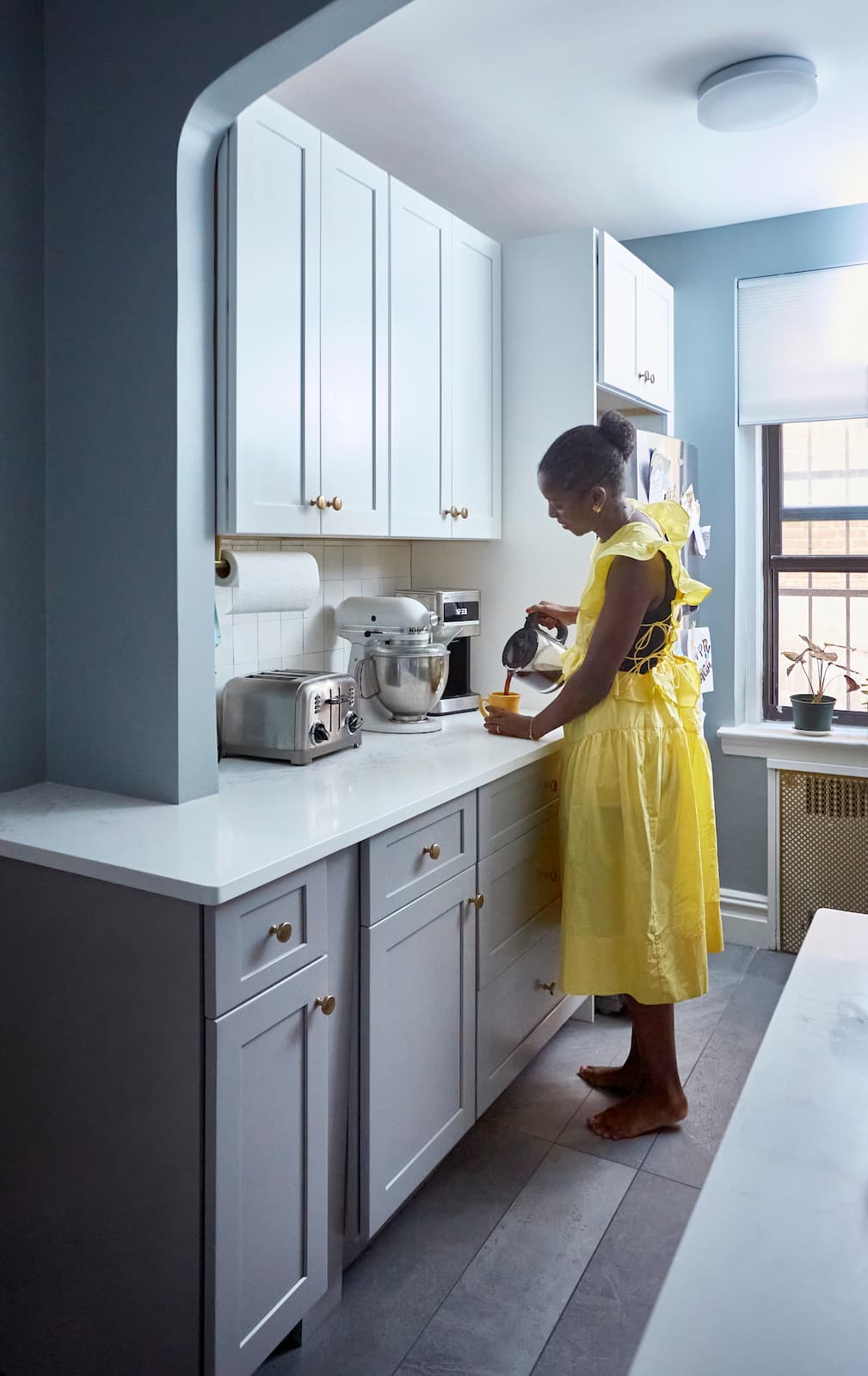
Renovate confidently with Block
Easily compare quotes from top quality contractors, and get peace of mind with warranty & price protections.
Thousands of homeowners have renovated with Block

4.5 Stars (100+)

4.7 Stars (100+)

4.5 Stars (75+)

Bathroom
Slanted Roof Bathrooms and Shower Design Ideas
11.22.2025
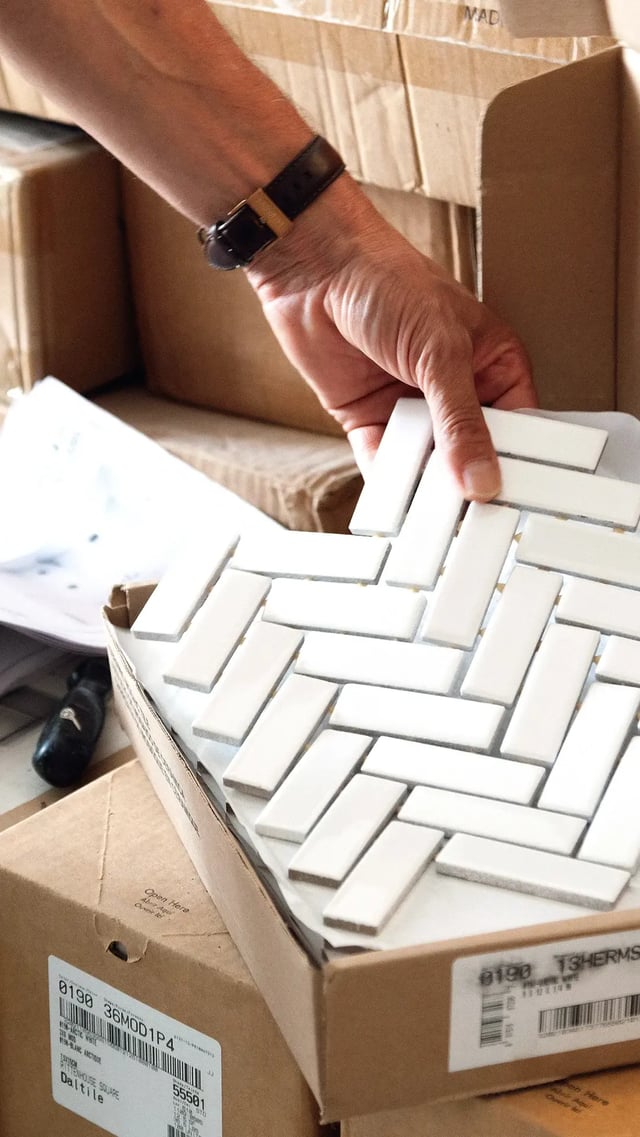
Contractors
50 Most Common Home Renovation Questions (Answered by Experts)
10.28.2025

Bathroom
Choosing Bathroom Fixture Finishes - Inspiration & FAQ
10.22.2025
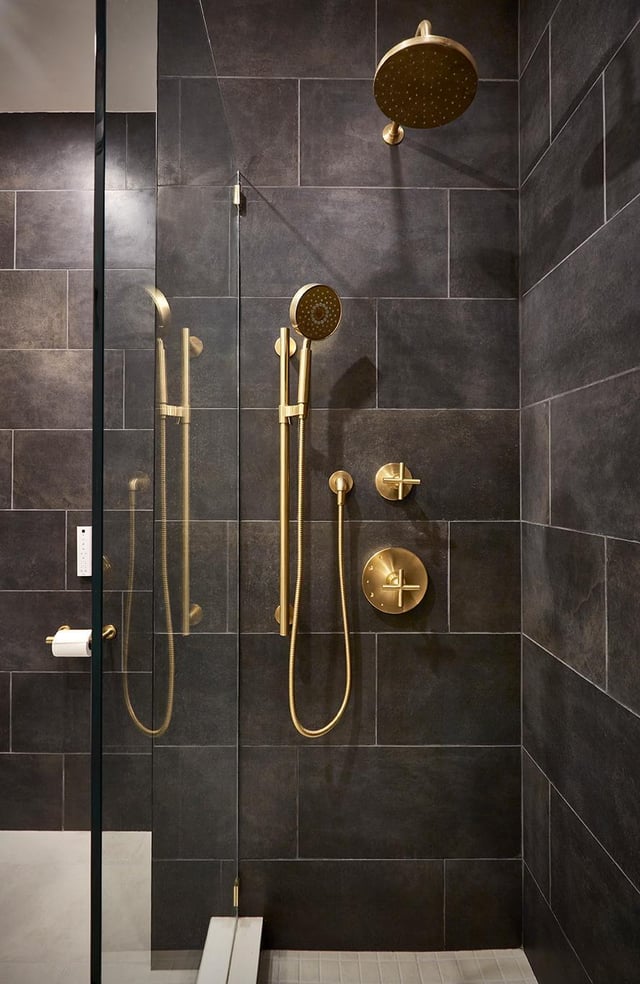
Bathroom
Designing a 40-Square Foot Bathroom? Here’s What Actually Matters
10.22.2025
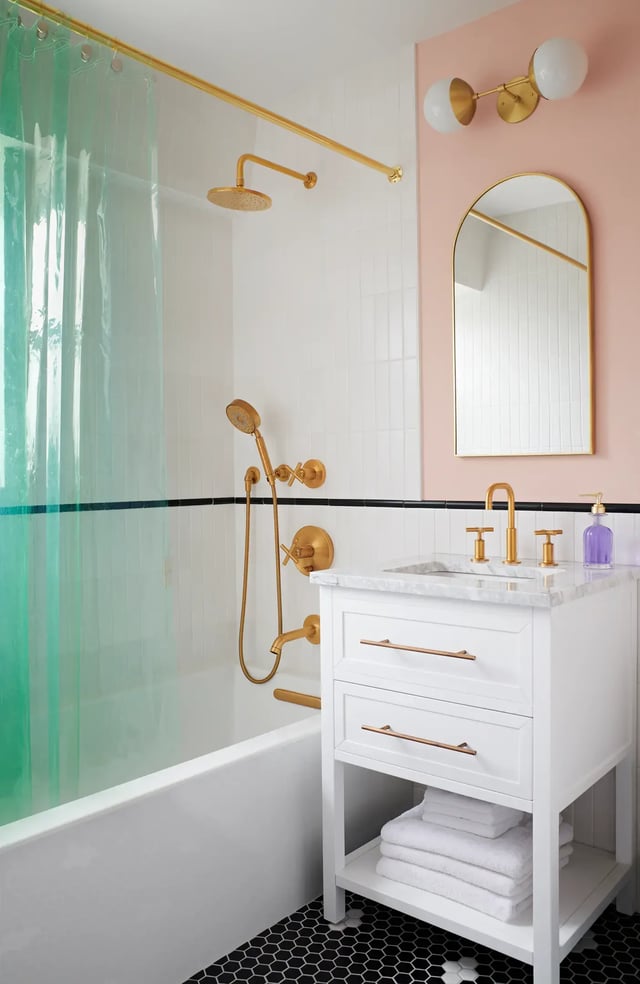
Bathroom
Different Types of Bathroom Sinks
10.22.2025
Renovate confidently